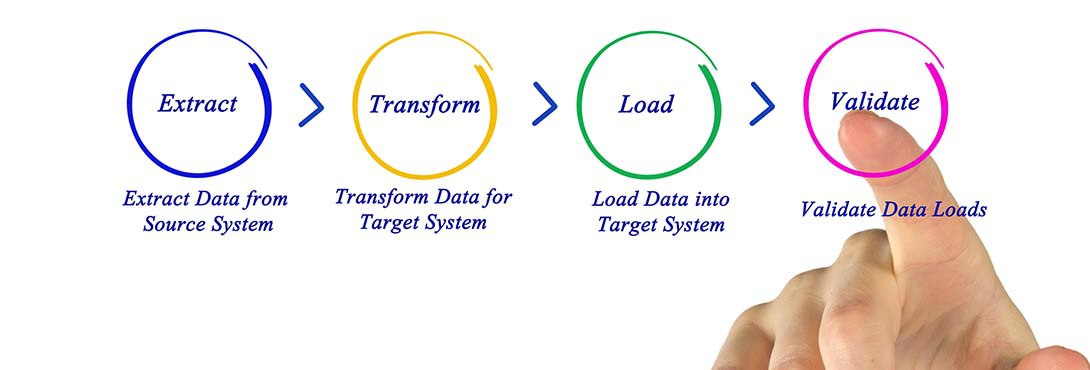Are You Prepared for Your Migration?
Are you planning to change the software your company uses for its day-to-day business? For example, anyone still using Windows Server 2003/R2 should migrate, as Microsoft ended support for it on July 14, 2015 . But perhaps you’re making a voluntary decision for migration based on any number of factors.
Regardless of what software you’re migrating from or where you’re going, there are basic questions you should be answering to ensure you mitigate data loss as well as disruption in your businesses operation during the migration.
To this end, we encourage you to consider the following questions:
What applications will be affected?
Before any migration, you need to identify not only which parts of your infrastructure will be affected but also how they will be affected. Some devices and applications will migrate while others might be discarded. You might also consider consolidating parts of your infrastructure, as opposed to wholesale abandonment.
All in all, the last thing you want is the migration to negatively impact a part of your business that you didn’t anticipate being affected.
What data is still needed?
When migrating to a new server, you have to consider data storage in addition to the infrastructure. Is there old business on file that doesn’t need to take up any space in your new server? If so, you can consider moving this to local storage that can be accessed when need be.
What downtime is necessary for migration?
In addition to determining what will happen to your infrastructure, you need to plot out in advance the length of time these changes might take. Certainly, your company can only afford so much downtown before the migration begins negatively impact your productivity. Factor this consideration into your migration plan and act accordingly.
What security measures need to be taken?
During the transfer process, a whole new set of questions regarding security emerges. Not only are you thinking about which data will migrate and where, you are also considering how this data will remain secure throughout the process.
Are your employees prepared?
You may know how the new server operates, but does your team? Before you begin the migration, make sure you have taken the necessary steps to prepare your team. That way, when the migration is complete, productivity picks up immediately. An unprepared team will certainly add to the downtime period—which would be unfortunate since this can be avoided with proper foresight.
To help you answer some of these questions, download our "Workload by Workload - What is Your Plan?" worksheet. It'll help you organize your thoughts, processes, and get a better handle on your migration. Then, give us a call and we can talk through any lingering questions or curiosities you may have about your migration project.




